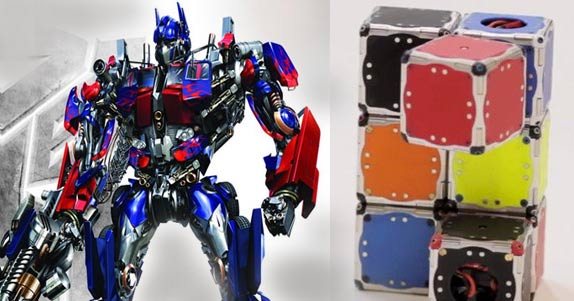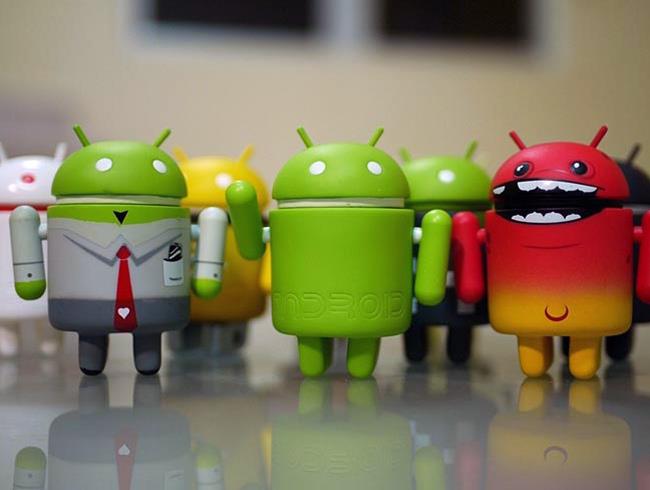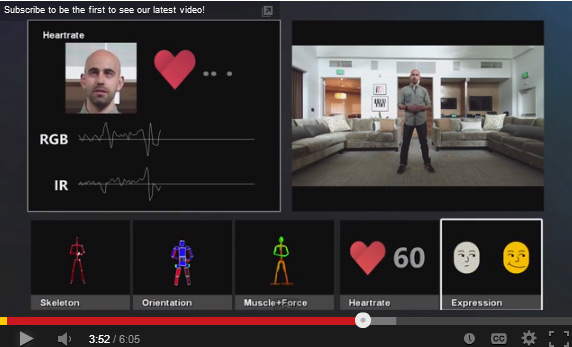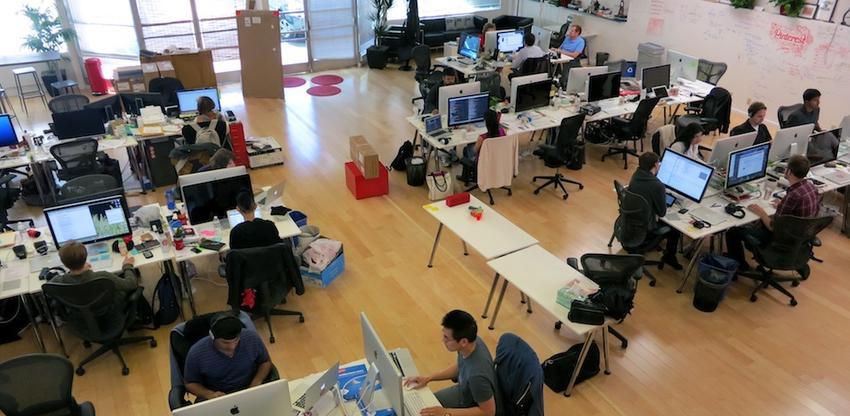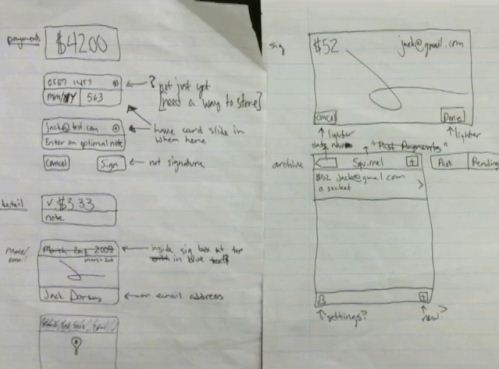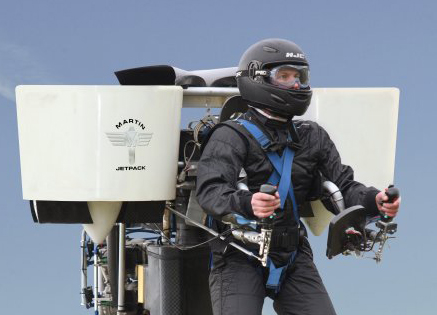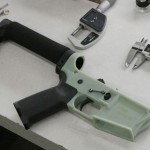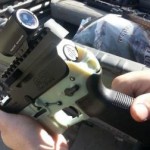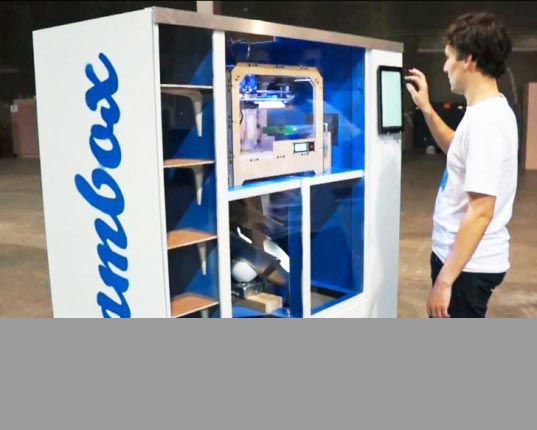3D Printed Handguns Will Be Outlawed In New York, Other States Soon To Follow
Several months ago, the internet was set blaze by a video of a homemade handgun being fired that was created using a 3D printer from an office supply store. Since then, the controversial technology which has been deemed ‘the next battlefront of the gun control debate in the U.S. ‘ has made its way all the way to the highest levels of government. When the video surfaced, state and federal officials have been working feverishly to limit this dangerous technology and have scored their first victory on the state level of controlling the weapons
On Friday, both the New York city council, and a state assembly have introduced two different pieces of legislation that would either regulate or ban the manufacture of 3D-printed guns, according to New York Daily News.
The bill for New York City was introduced by Council Member Lewis Fidler. This bill aims to make it illegal for people to produce any part of a firearm using a 3D printer unless they are licensed gunsmiths. Also, each weapon must be registered with the police within a 72-hour period of being manufactured.
“If left unregulated, these would be weapons without histories — potentially no identifying marks or sales histories,” Fidler told New York Daily News. “We wouldn’t even know these weapons exist, until they were fired.”
State Assemblywoman Linda Rosenthal introduced the bill for New York State on May 30. Her legislation seeks to make it a felony for the manufacture, sale, or use of firearms and ammunition magazines made with 3D printers.
“It can become dangerous if people start printing their own firearms and there is no regulation,” Rosenthal told New York Daily News.
Defense Distributed, a Texas-based group working toward nonprofit status, announced last month that it had created the world’s first 3D-printed handgun. The gun is capable of firing standard handgun rounds and is made entirely of plastic, except for a nail used as a firing pin and a six-ounce piece of steel designed solely to allow the gun to be detected by metal detectors.
Cody Wilson, head of Defense Distributed, announced plans to produce a 3D-printed gun last year. It took just eight months for Wilson and others in Defense Distributed to produce a gun they call the “Liberator.”
The Liberator can be instantly downloaded and anonymously printed by anyone who has access to 3D-printing technology, which is most likely the concern for lawmakers.
While the software is more-or-less readily available, the gun needs an expensive high-end 3D printer for the finished product. However, a Wisconsin engineer recently discovered a way to print the gun with a far cheaper Lulzbot AO-101 printer, which could make the guns more accessible.
Proposed legislation to limit these weapons in the U.S. already exists. New York Reps. Steve Israel and Chuck Schumer have sponsored legislation that aims to add a 3D-printing provision to the U.S. Undetectable Firearms Act. California state Sen. Leland Yee additionally announced last month his plan to introduce a law that would ban 3D-printed guns in his state.
The U.S. State Department also came down on 3D-printed guns last month, sending a letter to Defense Distributed demanding it remove the software for 3D-printed guns from its Web site. The company obliged. However, the software is still available on peer-to-peer sites like the Pirate Bay.
When contacted by CNET, Defense Distributed’s Wilson said that the laws proposing bans on 3D-printed guns and the ability to download the software from the Internet are stifling technological progress.
“These laws are exercises in containment — the containment of technical progress, necessary for its growth in the establishment’s preferred direction. These NY lawmakers (And congressmen, don’t forget there are companion bills in both the US House and Senate sponsored by Israel and Schumer) are defying the possibility of transcendence with strategies of containment. Progress, yes, but only at our direction and under our supervision,” Wilson said. “Sorry, that’s not how technology works.”
Via CNET












